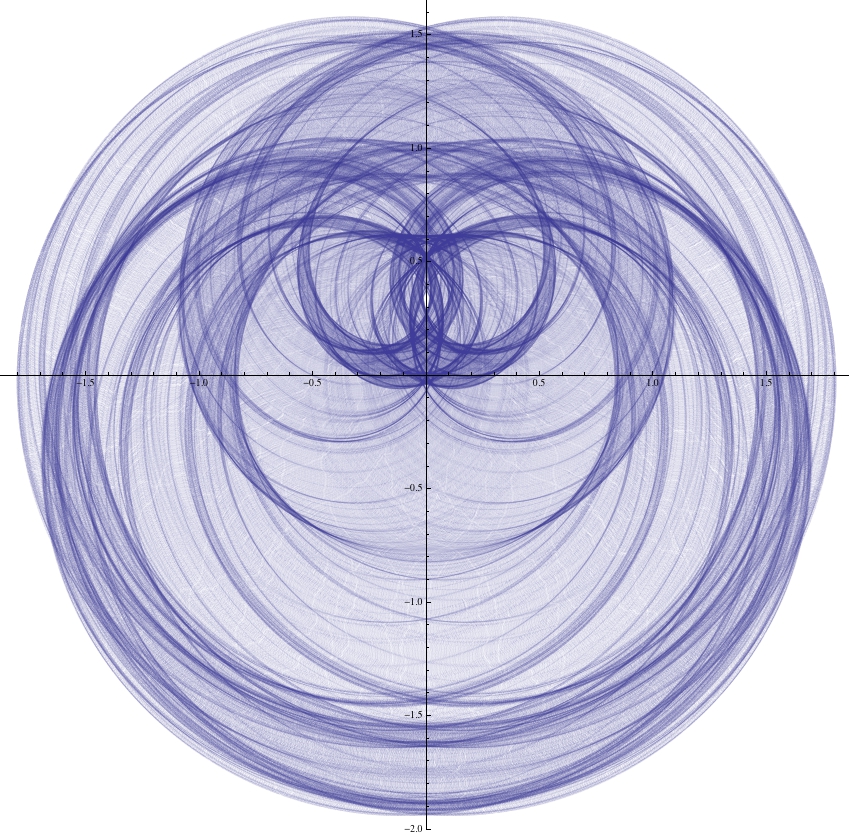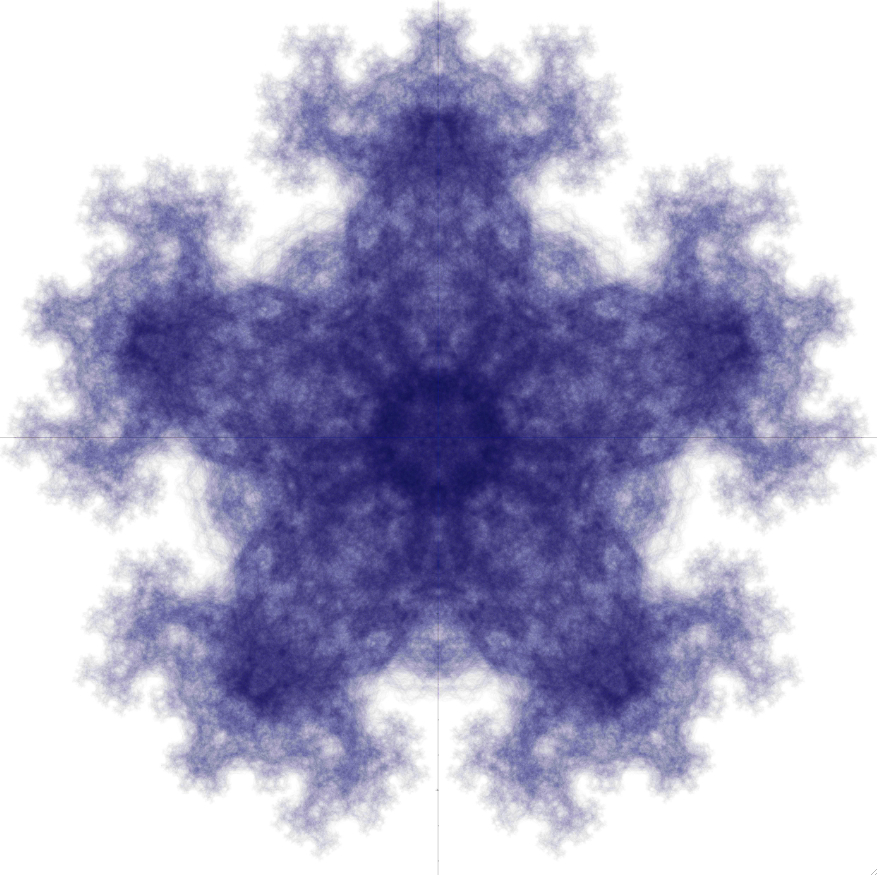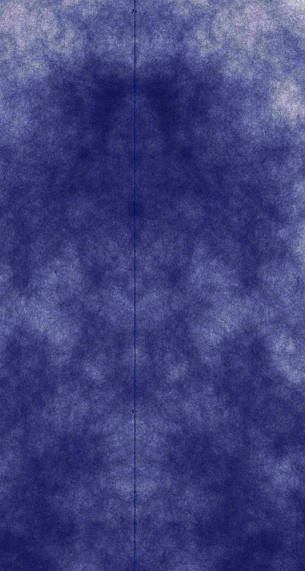Okay so here are two more cool ones:
CurveG[i_] := ParametricPlot[
Sum[{(-1)^k/GoldenRatio^k Sin[(-1)^k GoldenRatio^k t], (-1)^k/
GoldenRatio^k Cos[(-1)^k GoldenRatio^k t]}, {k, 0, 40}]
, {t, (10 i - 10) Pi, 10 i Pi}, PlotStyle -> Thickness[0.0001],
MaxRecursion -> 11, ImageSize -> {850, Automatic}]
Show[Table[CurveG[p], {p, 1, 120}]]

Pretty cool, but this next one is my favorite:
CurveJ[i_] := ParametricPlot[
Sum[{(-1)^k/1.5^k Sin[(-1)^k 1.5^k t], (-1)^k/1.5^
k Cos[(-1)^k 1.5^k t]}, {k, 0, 30}]
, {t, (10 i - 10) Pi, 10 i Pi}, PlotStyle -> Thickness[0.00002],
MaxRecursion -> 11, PlotRange -> {{-2.5, 2.5}, {-2.5, 2.5}},
ImageSize -> {5000, Automatic}]
Export["HairyStarfish0to6000.jpg", Show[Table[CurveJ[p], {p, 1, 600}]]]
Export["HairyStarfish6000to12000.jpg", Show[Table[CurveJ[p], {p, 600, 1200}]]]
Export["HairyStarfish12000to18000.jpg", Show[Table[CurveJ[p], {p, 1200, 1800}]]]
Export["HairyStarfish18000to24000.jpg", Show[Table[CurveJ[p], {p, 1800, 2400}]]]
Export["HairyStarfish24000to30000.jpg", Show[Table[CurveJ[p], {p, 2400, 3000}]]]
Export["HairyStarfish30000to36000.jpg", Show[Table[CurveJ[p], {p, 3000, 3600}]]]
Export["HairyStarfish36000to42000.jpg", Show[Table[CurveJ[p], {p, 3600, 4200}]]]
Export["HairyStarfish42000to48000.jpg", Show[Table[CurveJ[p], {p, 4200, 4800}]]]
Export["HairyStarfish48000to54000.jpg", Show[Table[CurveJ[p], {p, 4800, 5400}]]]
I did it piecewise like that because it was too taxing on the CPU to go from t=0 to t= large in one go. Each export took about 7 hours. Then I applied some gamma correction (to make lighter and avoid saturation) and stitched them together using ImageMultiply. The plot looks like:

If we look closely, we can see some interesting details beginning to emerge. Almost like a paisley or tribal design.

I am going to try it again using a larger image size, a lower value for PlotStyle->Thickness, and taking t all the way to 1,000,000 Pi or so to capture most nuanced detail I can manage. I think with some strategic image processing, we would see some laser-like patterns emerge. On that note, some questions:
-What's the best way to overlay or "add" multiple (10+) images?
-Any general advice on how to enhance the definition and make the patterns "jump out at you"?
I've attached the composite image and some of the constituent images.
 Attachments:
Attachments: